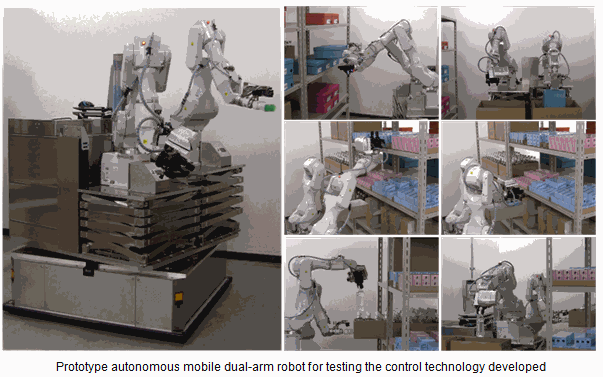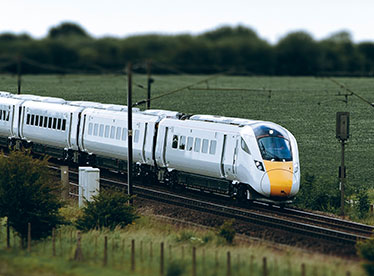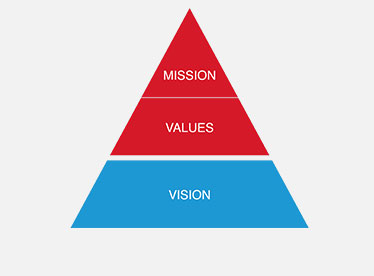-
Products
-
Transportation & Mobility Solutions
Transportation & Mobility Solutions
At Hitachi, we engineer industry-leading transportation and mobility solutions by leveraging decades of knowledge and using high-quality automotive material and components.
-
Energy Solutions
Energy Solutions
We believe the only solution for fulfilling the growing power requirements of industries and society is through a comprehensive portfolio of sustainable energy solutions and delivering innovative high-efficiency energy systems.
-
IT Infrastructure Services
IT Infrastructure Services
Hitachi’s state-of-the-art IT products and services are known to streamline business processes which result in better productivity and a higher return on investment (ROI).
-
Social Infrastructure: Industrial Products
Social Infrastructure: Industrial Products
Within the industrial sector, Hitachi is consistently delivering superior components and services, including industrial and automation solutions, useful in manufacturing facilities.
-
Healthcare & Life Sciences
Healthcare & Life Sciences
At Hitachi, we believe that healthcare innovation is crucial to a society’s advancement. A strong healthcare sector is often considered an inseparable element of a developed society.
-
Scientific Research & Laboratory Equipments
Scientific Research & Laboratory Equipments
Hitachi focuses on extensive research and development, transformative technology, and systems innovation to unfold new possibilities and create new value through scientific endeavors that strengthen the connection between science and social progress.
-
Smart Audio Visual Products
Smart Audio Visual Products
Since 1956, Hitachi audio visual products have provided state of the art solutions to consumers all over the world. It has been our pleasure to design competitive products at the lowest possible prices while maintaining our industry-leading quality standards for your comfort and enjoyment.
-
View All Products
Hitachi Products & Solutions
Hitachi, a technology leader in the U.S., offers a diverse set of products and solutions, and breakthrough technologies for smart manufacturing, green energy and mobility solutions that empower governments, businesses, and communities.
-
Transportation & Mobility Solutions
- Social Innovation Solutions
-
About Us
-
Hitachi in the U.S.A.
Hitachi in the U.S.A.
Discover information about the Hitachi group network across the Americas, upcoming events and sustainability endeavours, CSR policies, and corporate government relations.
-
About Hitachi Group
About Hitachi Group
Explore our leadership team, investor relations, environmental vision, and sustainability goals. Learn how Hitachi is leveraging its research & development capabilities for social innovation across industry verticals.
-
Hitachi in the U.S.A.
- News Releases
- Case Studies
- Careers
- R&D
Control technology for mobile dual-arm robot for autonomous warehouse operation
Quick handling of various products by coordinating mobile platform, lifts and dual arms
Tokyo, August 25, 2015 --- Hitachi, Ltd. (TSE: 6501, “Hitachi”), with the cooperation of Hitachi Transport System, Ltd. (TSE: 9086), has developed control technology for an autonomous mobile dual-arm robot enabling the robot to move to the shelf where an ordered item is stored, pick it up and place it into a box, with view to providing an automated warehouse solution. Using this control technology, it will become possible to conduct order picking tasks in the same way as human operators, such as starting arm motion with locating a target item while moving, and coordinating the two arms to handle an item that cannot be picked up by one arm. It is expected that robots equipped with this technology will be contribute efficient and reliable operation in warehouses that store a diverse range of products in small volume which currently relies on human handlers.
In recent years, the number of warehouses which stock a wide range of products in small quantities has increased with the popularity of mail-order purchases and diversification of customer needs. In such warehouses, the main operation is to collect the ordered item among products which are tightly arranged on shelves within an extensive storage area, and is mainly conducted by human hand to cope with the different sizes and weights of products.
Fixed equipment such as sorters*1 and automated guided vehicles are being introduced for semi-automation of the process to stably and efficiently collect the items. The types of products that the former can handle or the workable functions of the latter, however, are limited, thus restricting warehouses where such equipment can be introduced. Further, while there is ongoing research in mobile robots equipped with industrial arms, the control methods used sequentially move the various mechanisms such as a mobile platform and dual arms, and result in slowing down operation, making it difficult to implement these robots in such warehouses handling small volume diverse products lines.
To address these issues, Hitachi developed robotics control technology and installed this in a prototype autonomous robot with a mobile platform, mounting lifts to adjust for height, two commercially available industrial arms,*2 and grippers (which act as hands)*3 to realize the efficient collection of ordered items in environments which conventionally required human hands to achieve.
For the robots to conduct quick and flexible operation similar to humans, it is necessary to coordinate the various mechanisms such as the mobile platform, lifts and dual arms. Frequent communication between each mechanism however increases communication traffic and required calculation, and trying to uniformly control all the mechanisms requires complicated programs; both raising the risk of malfunction. By predetermining both the minimum amount of information required by each mechanism and the appropriate timing for each mechanism’s motion before commencing operation, it became possible to make the multiple mechanisms collaborate while reducing communication traffic, thus realizing quick and flexible human-like actions. Details of the technology developed are as below:
1) Control of motion coordination between the mobile platform, lifts and arms
When initiating collection of an ordered item, a command to recognize the item is sent to the camera-embedded arm by the mobile platform when it reaches a distance of approximately one meter from the storage shelf. The arm roughly identifies the position of the item from that distance, and orders the lift to start rising so that the gripper is moved to the front of the target item when the mobile platform as it approaches the predetermined stopping point. After the mobile platform stops, it calculates the discrepancy between predetermined and actual stopping points, and communicates the discrepancy to the arm. The arm uses this information to adjust the position of the gripper position, enabling it to instantly pick-up the item after the mobile platform stops.
2) Coordinated motion control of the two arms based on the item
To ensure continued operation regardless of small discrepancies between planned and actual arm positions, a discrepancy tolerance level is preset depending on the material and the performance of th By doing so, it becomes possible for the arms to cooperate without having to precisely adjust their poses to each other. As a result, coordinated action such as one arm picking-up an item while the other arm supports it, is enabled with only one communication.
By applying the control technology developed, the time taken to pick up an item after the mobile platform comes to a stop was successfully reduced to 3 seconds, compared with 7 seconds taken by a robot with no coordination between mechanisms performing the same actions. Further, it has been confirmed that various actions required in warehouses which have hitherto depended on human hands can be performed quickly and reliably: for examples, the action of picking up boxes which cannot be picked up by one arm (depth approx. 30 cm, weight 1kg) using the other arm to support the box from below; the action of picking up 500ml plastic drink bottles from a storage case after pulling out the case, and the action of one arm to pick up and place small boxes into a collection box held by the other arm.
This development was conducted as part of joint research and development being undertaken with Hitachi Transport System for warehouses of the future. Hitachi will continue with practical application of this robotics technology as well as contributing to innovation in logistics business.
Part of this research result will be presented at the Irish Machine Vision & Image Processing Conference (IMVP 2015) to be held at Trinity College Dublin from 26-28 August 2015.

*1 Equipment which reads the barcode on products and automatically sorts to the assigned storage area by category or delivery regions.
*2 Epson 6-axis robot (C4-A901S).
*3 Left, Schmalz vacuum gripper (Vacuum End Effector, VEE series), Right: PISCO vacuum gripper (VPMC20BN4J), and ROBOTIQ 2 finger gripper (2-Finger 85).






